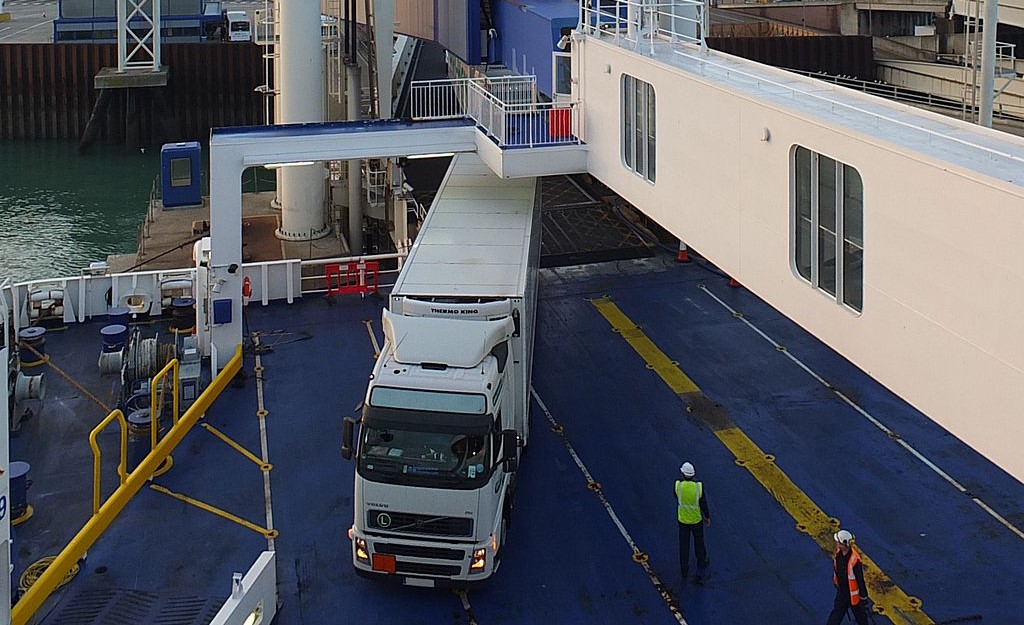Contraflow system, a separate lane for lorries and traffic decongestion on local roads – these are the British Government’s plans to reduce traffic jams on the M20 motorway towards the port of Dover. The new solution will be introduced in 2019. Although the authorities deny any direct connection with Brexit, the deadline does not seem to be accidental. The new M20 organization is to be implemented before possible changes in the customs clearance arrangements in March 2019, when the United Kingdom will leave the European Union.
In connection with Brexit, the British authorities are wondering what to do with the port of Dover, which is one of the key border crossings through the English Channel to France. The port authorities note that the customs clearance per vehicle after Brexit will increase from 2 to 20 minutes. This can cause serious problems in the Kent County. Currently, over 5 thousand trucks daily cross the canal in both directions. Bolder voices are appearing saying that there is not enough room in Dover to accommodate all the trucks waiting for customs clearance. Similar problems might appear in France. Information chaos related to Brexit will be another obstacle.
On the other hand, both the drivers and the British government do not want to repeat the scenario from 2015, when more than 4.6 thousand trucks were waiting in 48 km long line. It was the effect of a four-day blockade in Calais. Paralysis of the M20 cost the British then more than 250 million pounds.
In response to all the fears, also fueled by the exit from the Union, the UK Government prepared a project called Operation Brock. It is to prevent long queues at the Dover port.
Operation Brock
Operation Brock which will start in 2019, involves the introduction of a contraflow system along the whole stretch of coastline between junctions 8 (Maidstone) and 9 (Ashford) on the M20 motorway. It is a 13-mile stretch (about 21 km). Southbound carriageway will be used by heavy goods vehicles queuing to cross the canal. In turn, the northbound carriageway would be available for other vehicles. In this way, the government wants to reduce traffic on smaller local roads, also allowing access to these two intersections.
The governmental company Highways England, which deals with the service of British highways, has begun preparatory work for the implementation of the Brock operation. In turn, the British Government has also initiated consultations to create other potential car parks in the M20 area for up to 1500 trucks.
Operation Stack
Until now, to unload the huge traffic jams towards the crossing, the Kent authorities, in consultation with the local police and the port authorities in Dover came up with Stack Operation to decongest the traffic on the M20 motorway. On the closed sections of this road, sometimes even on both roads, trucks are set up waiting for the crossing. Depending on the traffic, further sections of the M20 are closed, where the waiting trucks are parked. In other words, the highway turns into a big parking lot for trucks for many hours. Other vehicles are forced in such a situation to look for an alternative route, which creates chaos and difficulties in communication for the local community.
Photo: Wikimedia.org By Ad Meskens [CC BY-SA 4.0]









